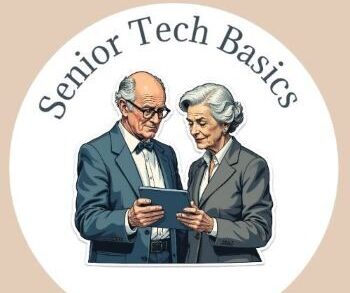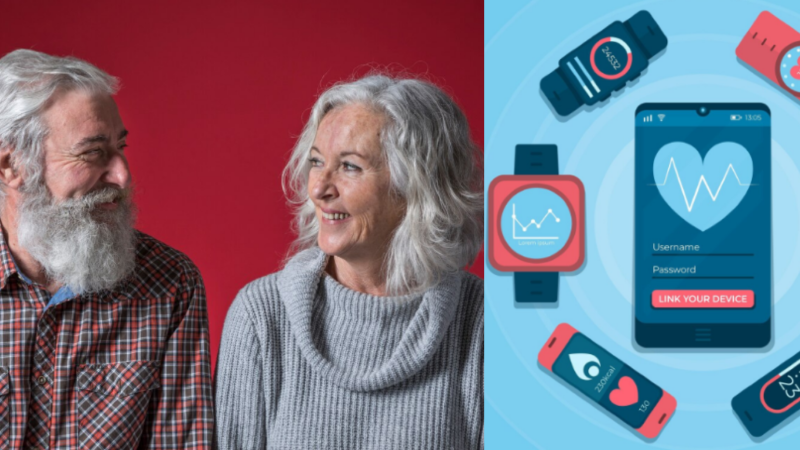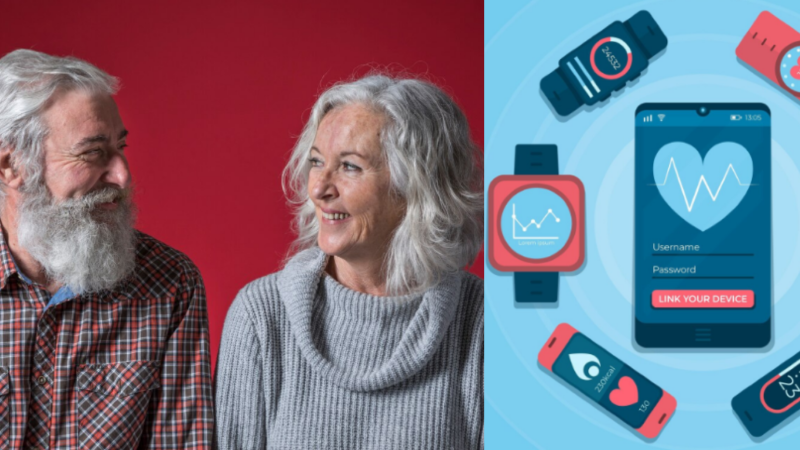
Smartwatches today do far more than just count steps, as they also measure blood pressure. But how accurate are these readings, or can you trust a tiny wrist device to track something so vital?
The short answer is that smartwatches use indirect methods to estimate blood pressure differently from what you would find at a doctor’s office. They rely on advanced sensors and algorithms to detect subtle changes in your heartbeat and blood flow, utilizing techniques such as photoplethysmography (PPG) and pulse transit time (PTT).
We will break down in this article:
- How smartwatch blood pressure tracking works.
- Which brands use this feature (like Samsung and Huawei)?
- Why Calibration with a Cuff still matters?
- What do the latest studies say about accuracy?
- And whether these tools are safe and helpful for older adults.
You are in the right place if you have wondered whether a smartwatch can help to monitor your heart health or high blood pressure, especially as an older adult. Let’s go straight to the point.
How Do Smartwatches Measure Blood Pressure?
Smartwatches utilize a combination of light sensors, mathematical models, and machine learning algorithms to estimate blood pressure, rather than air-filled cuffs. The core technologies behind this process are Photoplethysmography (PPG) and Pulse Transit Time (PTT).
What Is PPG?
Photoplethysmography (PPG) is the optical sensor most smartwatches use to measure your heart rate.
It shines a green or infrared light into your skin to measure the amount of light reflected.
Since blood absorbs light differently at each heartbeat, the watch creates a waveform from these light changes called “a PPG waveform” to provide information about heart rate, heart rhythm, and blood flow velocity.
However, PPG doesn’t provide BP numbers on its own despite being the foundation for estimating blood pressure.
According to the National Library of Medicine, photoplethysmography allows smartwatches to estimate cardiovascular activity by detecting changes in light absorption through the skin.
What Is Pulse Transit Time (PTT)?
Pulse Transit Time (PTT) reflects the time it takes for your blood pulse to travel from your heart to your wrist. The shorter this time, the stiffer your arteries, and the higher your blood pressure may be.
Smartwatches analyze the PPG waveform to estimate PTT. Watches like Samsung’s Galaxy pair this feature with an ECG sensor to pinpoint the electrical heartbeat signal and compare it with the pulse wave arrival, giving a more precise PTT.
Machine Learning Fills the Gaps.
Manufacturers train algorithms to “guess” PTT since many watches lack ECG sensors.
- PPG waveform shape.
- Personal data, including age, height, and weight.
- Historical blood pressure values.
Machine learning models improve over time, but they are only as good as their calibration, which we will explore next.
Related Content: Top Benefits of Fitness Trackers for Older Adults.
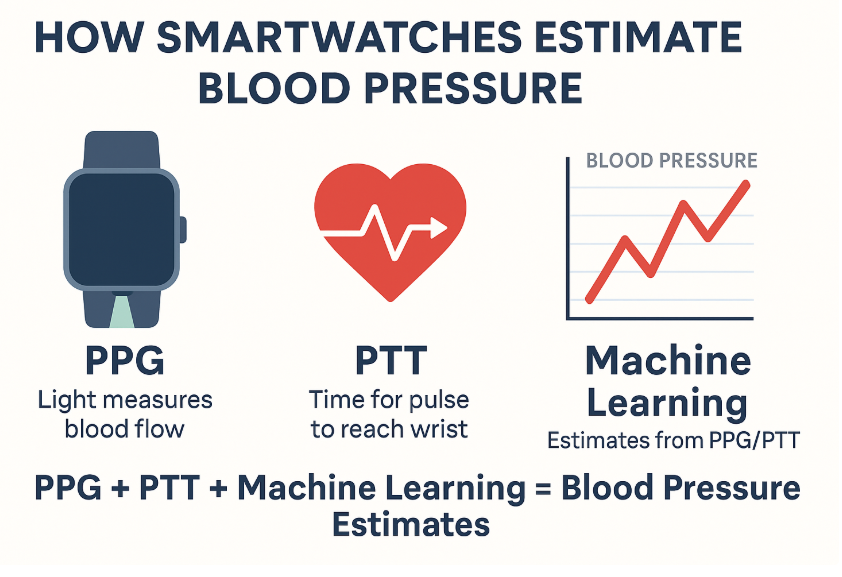
Why Calibration Still Matters for Older Adults?
Smartwatches can estimate blood pressure, but can’t replace traditional cuffs. That’s why most devices with this feature, including Samsung Galaxy Watches and Huawei smartwatches, use a medical-grade blood pressure monitor for regular calibration.
This step is particularly significant for older adults, whose blood vessels may be less elastic, making it challenging for sensors to interpret signals accurately without a known reference.
What Is Calibration?
Calibration means comparing your smartwatch’s readings with those from a validated blood pressure cuff, such as the one your doctor uses.
You usually:
- Take a reading with a cuff at rest.
- Manually enter that number into your smartwatch app.
- Repeat this process two to three times.
- Update it every 28–30 days to maintain accuracy.
Samsung Galaxy Watch requires calibration using a standard cuff, which you can learn about in this article.
Why Is Calibration So Important for Seniors?
As we age, our arteries may become less flexible, and conditions such as hypertension or arrhythmia can affect how smartwatches interpret pulse signals. Calibration helps the device “learn” your cardiovascular patterns.
The reading may be without calibration:
- Drift away from your actual blood pressure.
- Miss key changes, such as rising systolic pressure.
- Provide a false sense of reassurance or alarm.
This inaccuracy can lead to confusion or even poor health decisions for seniors managing conditions like high blood pressure, atrial fibrillation, or diabetes.
The American Heart Association recommends validated cuff monitors for consistent blood pressure management, but doesn’t endorse smartwatches as replacements.
How Accurate Are Smartwatches Compared to Medical Devices?
Smartwatches can provide helpful insights into blood pressure, but they are not medical devices, which is particularly important for older adults managing chronic conditions like hypertension.
Some models can perform like cuff-based monitors under ideal conditions, but their readings can vary due to:
- Movement and improper wrist positioning.
- Lack of regular calibration and irregular heart rhythms.
A 2023 review published in Clinical Hypertension evaluated several wrist-based devices using PPG and PTT. The study found that while trends in blood pressure, such as rising or falling, were typically accurate, the absolute values often deviated by 5–10 mmHg or more, sufficient to affect treatment decisions.
🧪 “These wearables show promise for blood pressure trend monitoring, but fall short of clinical validation standards.” — Clinical Hypertension, 2023.
Similarly, a 2021 study in Frontiers in Physiology highlighted that PPG-based devices work best when the user is at rest and the device is well-calibrated. For older adults who may have circulation issues or irregular rhythms, this can be a challenge.
Related Content: Top Wearable Devices for Monitoring Senior Health.
Why Accuracy Matters for Seniors?
For an older adult taking blood pressure medication, or trying to adjust lifestyle habits, inaccurate readings can lead to:
- False alarms like “My blood pressure is too high!” when it’s not.
- False security, including missing a real spike or drop.
- Miscommunication with healthcare providers.
Helpful Note: Use smartwatch BP readings as trend indicators, but not diagnostic tools, and always verify unusual readings with a validated upper-arm cuff monitor.
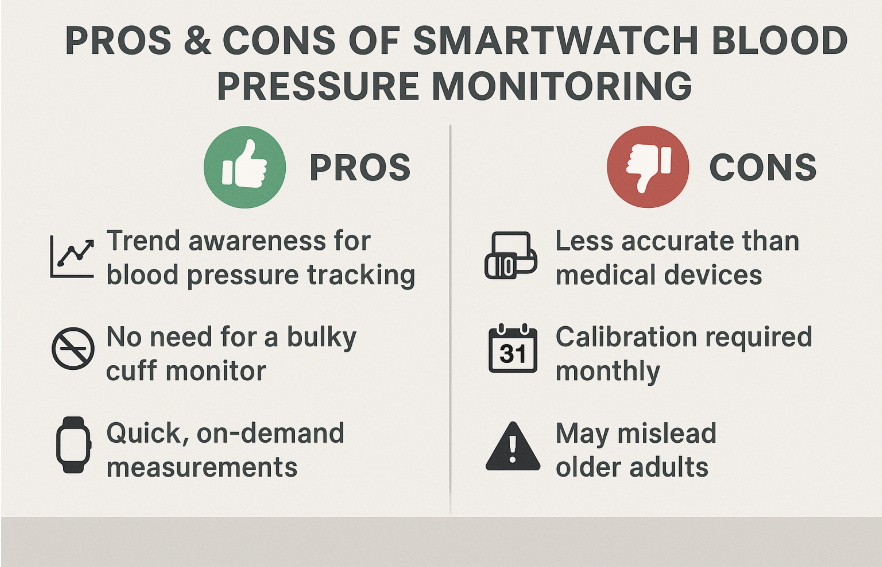
Which Smartwatches Measure Blood Pressure in 2025?
Popular smartwatch brands that currently offer BP measurement, with helpful features for seniors, include.
The Samsung Galaxy Watch Series (e.g., Galaxy Watch 6)
Samsung currently leads the market in wearable blood pressure monitoring with the Galaxy Watch series, which utilizes PPG and ECG sensors, paired with monthly calibration via a traditional cuff.
- They require Calibration every 28 days.
- You can review the readings in the Samsung Health Monitor app.
- Works only with Samsung Galaxy smartphones, which is a significant limitation.
Related: How to Use a Fitness Tracker Daily Without Getting Overwhelmed?
Huawei Watch D
This watch is one of the few wearables featuring a built-in inflatable mini cuff inside the strap, providing oscillometric measurements that are almost identical to those obtained at a clinic.
- Not widely available in the U.S.
- Claimed medical-grade accuracy (CE certification in some regions).
- Bulky and less user-friendly for seniors with dexterity challenges.
YHE BP Doctor Watch / Omron HeartGuide.
These medical-grade smartwatches feature full cuff-based technology with high accuracy, but are very expensive, ranging from $300 to $500.
They also have short battery life, requiring recharging in one to two days, which can be more challenging for older users to manage daily.
Fitbit, Apple Watch, and Garmin.
These brands do not directly measure blood pressure, but excel at heart rate monitoring, sleep tracking, activity monitoring, and stress tracking.
Older adults who want to track health trends, instead of BP specifically, can use them suitably.
Apple Watch SE and Series 9
Apple Watches don’t measure blood pressure, but are popular among older adults due to their outstanding safety, heart health, and usability features.
They include the following features:
- Heart rate monitoring with high and low alerts.
- A fall detection system that can automatically call emergency services.
- Emergency SOS button via the side button.
- Sleep and activity tracking with motivational rings.
- ECG app available on Series 9 (not SE).
- Seamless integration with iPhones and Apple Health.
- Multiple sizes, strap types, and easy customization.
| Device | BP Measurement | Calibration Needed | Best for Seniors? |
| Samsung Galaxy Watch | Yes | Monthly | ✅ With Galaxy phone |
| Huawei Watch D | Yes (with cuff) | No | ❌ Too complex |
| YHE / Omron HeartGuide | Yes (medical) | No | ❌ Short battery life |
| Fitbit Charge 6 | ❌ No | N/A | ✅ Simple interface |
| Apple Watch SE / 9 | ❌ No | N/A | ✅ Easy, no clutter |
Are Smartwatch Blood Pressure Readings Reliable for Older Adults?
Checking your blood pressure with just a smartwatch sounds incredibly convenient for managing hypertension or heart conditions, but is this wearable device safe to rely on these readings?
You can use smartwatches as helpful tools for monitoring trends. Don’t replace them with medical-grade devices, which provide accurate readings to adjust medication or detect profound changes in your health.
When are Smartwatch Readings helpful?
Smartwatch blood pressure features suit tracking general trends over time, such as noticing if your BP is rising or falling gradually, encouraging better health habits, including movement, hydration, or sleep, and having data to discuss with your doctor during routine visits.
These insights can motivate you, as a senior who wears your smartwatch daily, and serve as a confidence-boosting tool. However, always consult your physician for severe health concerns.
When Shouldn’t You Rely On Smartwhaches Alone?
Avoid using smartwatches as standalone diagnostic tools for making decisions about changing medication, detecting sudden spikes in blood pressure, managing heart failure, or arrhythmias.
The American Medical Association states that wearable BP devices lack FDA clearance as full replacements for clinical-grade monitors.
🧠 Smartwatch data should always be discussed with a healthcare provider, especially if it shows concerning patterns.
Tip for Seniors: Use a smartwatch to stay engaged with your health daily and a traditional upper-arm cuff monitor at least weekly for accuracy. Share both types of readings with your doctor or caregiver.
Conclusion: Can Smartwatches Help Track Blood Pressure?
Smartwatches can’t replace medical equipment, but they can help older adults stay connected to their health in a meaningful and straightforward way.
They typically motivate seniors to stay mobile through daily movement, provide gentle reminders and heart health insights, while tracking blood pressure and overall well-being.
However, these wearables won’t help too much if you need accurate information about standalone BP monitoring, unless you utilise traditional cuff monitors.
Ready to Turn Your Free Time into Full-Time Income? Discover how seniors and other individuals are generating a real income online in the booming digital marketing industry without being tech-savvy.
